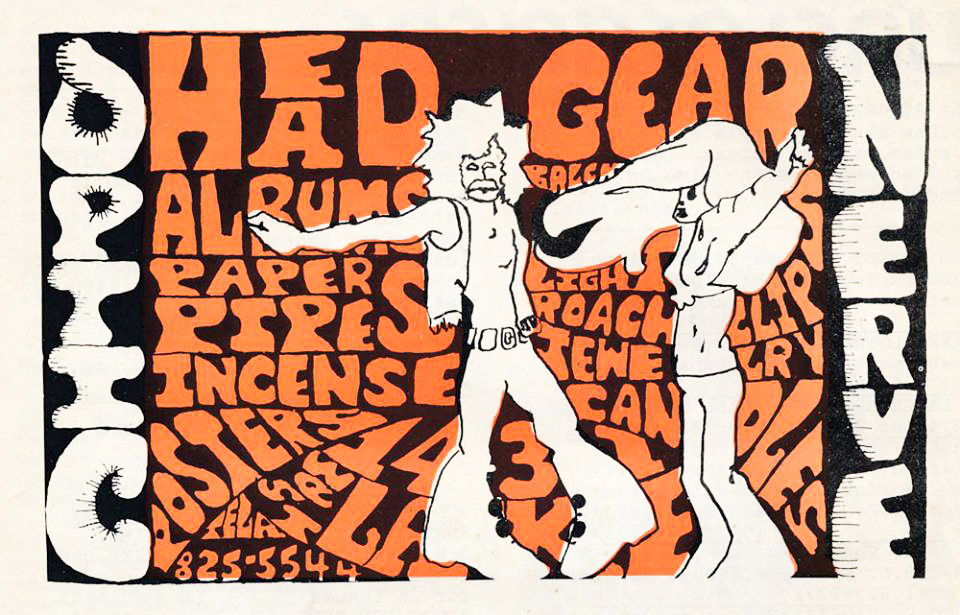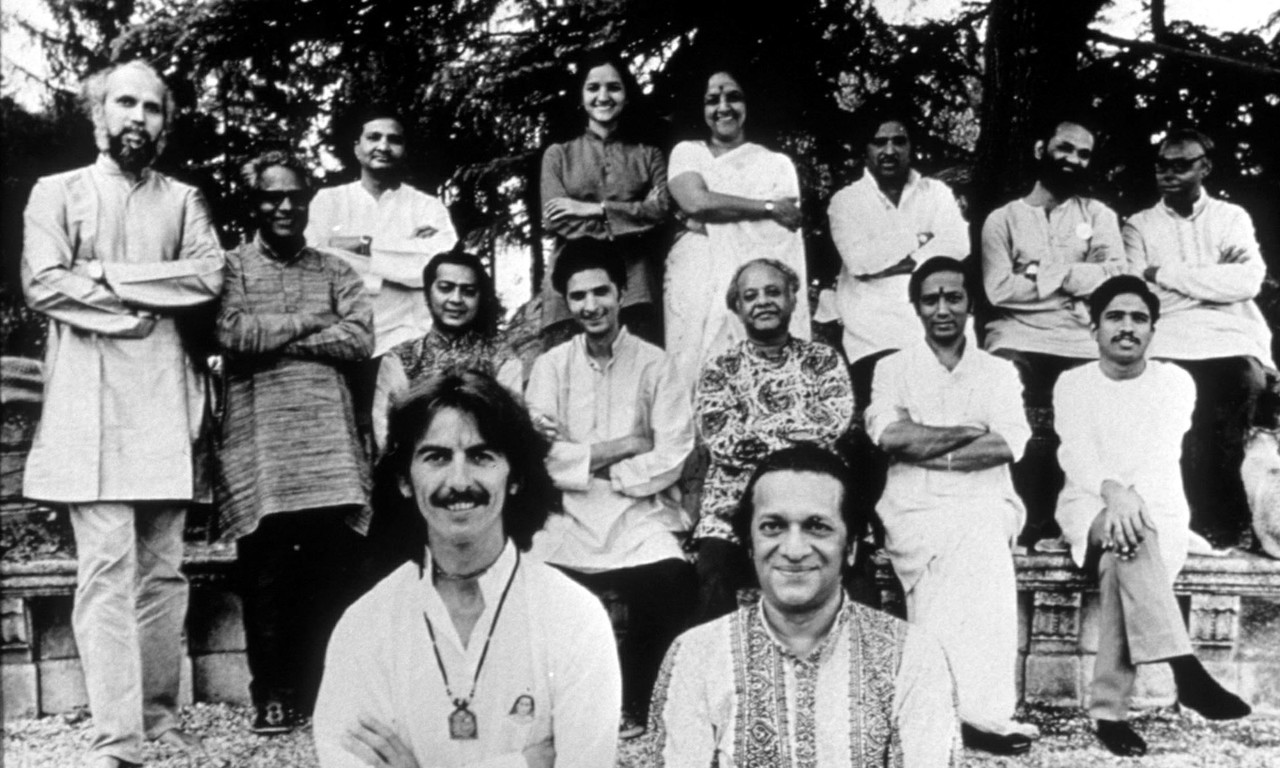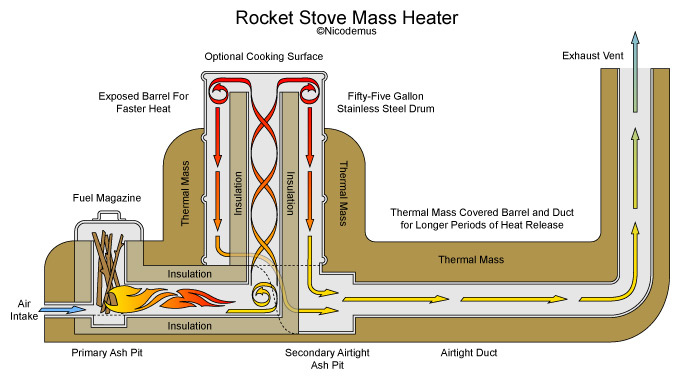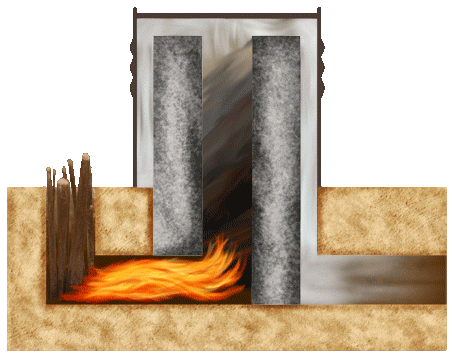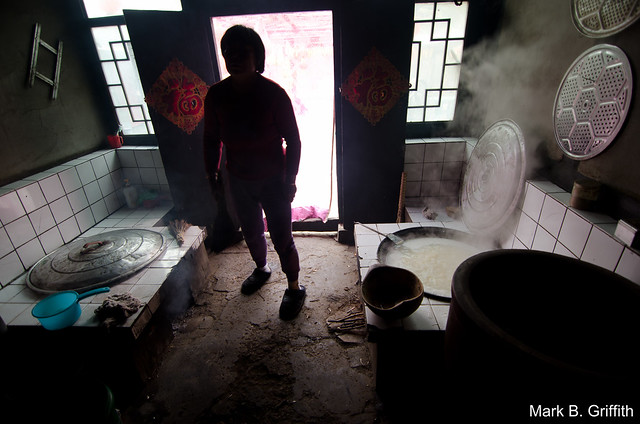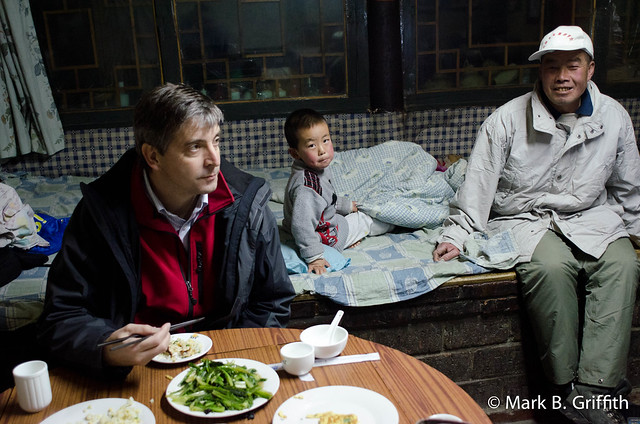So legally a campSITE is not the same as a campGROUND. It's something a person might not notice at first. I was reading the state pollution control agency meeting notes - they state that it is acknowledged: "Primitive buildings are a VOID in our recordings." I thought that was funny - in the middle of the night - very funny indeed. Yes if they only knew the secrets of Daoist alchemy - best done in a primitive building, of course (or a cave)....
And so for my tax code designation I get a - stunning - 300 square feet of "structure" - to play with. And - well - usually it is assumed people are going to "improve" their land to move into the other tax code structures. No - not me. I plan on just fully utilizing that 300 square feet limit. Right now I figure I got 200 square feet - most of it is WALL - for insulating the tipi-hogan (white trash foyer).
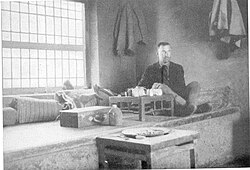 |
| My dad was a big Harry A. Frank fan - an amazing early 1900s travel writer. He worked as he traveled. Here he is on a Kang bed heater. |
So I did a post last year or so on Kang beds - I was messing around - and the photos are hilarious. I'm not even gonna repost them. That's how embarrassing they are. It's duct pipe - in the ground - trying to do impossible maneuvers with smoke and heat. Why would I construct such monstrosities! Well hopefully to inspire people - same reason I did dumpster diving for 10 years. So people look at what I'm going and go - gee my life can't be so bad - check out that dude! haha.
Here is a whole set of Russian Kang beg stove heaters - amazing designs.
Yeah so I figure when spring comes around - besides getting my mushroom farm going - I will also start playing with mud-clay a lot (since that's all my land is besides a little scrub forest - it's a peat swamp clay situation). YES - I can leverage that - it turns out the MAIN tree on my land can also grow my favorite gourmet mushroom! So presto - I have a tentative business model. Now I have 100 square feet to play with for my new Elevated Kang Heated Bed - Stove (kitchen slash clothes drying slash comfy sleep space)...
I thought I was being really stupid since I could not figure out those Kang bed stoves! haha. Turns out - no I'm not the only one.
https://www.researchgate.net/publication/226278378_Chinese_kangs_and_building_energy_consumption
OK this is great article that goes over the real details of how these things are constructed.
For example, the elevated kangs are estimated to be 30% more energy
efficient than the traditional kangs.
In an elevated kang, an reinforced concrete slab in one piece (solepla
te)
is built on several columns to a height of about 20 cm, on which short pillars stand at regular internals, rising to a total of up to 60 cm in height; a flat surface (faceplate),
as a bed plate, is then made by laying brick plates on the top of the pillars.
In order to regulate the thermal performance of an elevated kang, a fume stopper is built at the end of the heating chamber, which can be used to restrict the flow
rate of hot smoke, increase the residence time of smoke, and increase turbulence to enhance heat transfer between smoke and plates. Generally, the dimension of a fume
stopper is 420 mm length×50 mm width ×160 mm height. Besides, a stop plank at the smoke outlet of the kang body is used to control smoke flow. In order to
sustain good thermal conditions, the material for the plate should have high thermal capacities and enough rigidity and also be easily found and cheap in rural areas.
The commonly used plate materials include slate, brick, adobe or clay, and concrete.
transfer from the chimney walls is regarded as heat
conduction loss.
I really like this infrared FLIR camera comparison between an elevated and normal "ground" KANG. - just look at those temp differences! I need to transfer it. Yeah so the good on to the right is 40 degree Fahrenheit. Pretty warm!
What I have relied on now is a double insulated sleeping pad - plus a big comfy winter sleeping bag (that I can sit in full lotus) - so I can do Tummo Daoist alchemy meditation. I get too hot so far - down to 10 degrees Fahrenheit outside. That is with NO fire wood stove at all! Just relying on my clay "radiant heat" insulation.
The thing about radiant heat - what is it? It is photons - infrared photons. This is in contrast to "normal" heating which is to make the air molecules vibrate faster - through conduction and convection. Convection being the problem of more fireplaces:
Fireplaces, for one thing, are hugely inefficient, because most of the
heat escapes through the chimney. They also suck in large amounts of
cold air through cracks and gaps in the building envelope, which cools
the air indoors and introduces strong drafts.
What I did in my tipi wood stove heater - is connect an outside air duct pipe directly into the bottom of the fire place - so it bypasses cooling the inside of the room (directly). The air has to get sucked through the charcoal layer of the fire - as the oxygen source for the fire is then from BELOW. This is the TLUD design that I also blogged on before.
a process of “”top-lit updraft with migrating pyrolysis front”,
So it's being pulled down because the oxygen is coming up from below, not from above.
So then there are lots of academic physics analysis of this secret of
gasification burning - why? Because it is much more efficient in
producing heat without any pollution - so you get more heat and less
pollution. A great deal. Again the Chinese knew this secret a long time
ago - thousands of years ago.
Now think about it - Shen is Fire and the whole key of alchemy is to get
the Shen below the water - to create steam as qi energy. The Steam in
this case is the highly charged gasification fumes that are then burned
off from secondary oxygen from below.
So you put the Shen fire below the charcoal that is emitting the carbon
monoxide fumes - and this separates the secondary burning of the fumes
from the primary burning of the oxidation in the flame of the fire.
 |
| So
then the carbon monoxide gets separated from the primary oxidation
since the fire is now below the charcoal that is above, as the oxygen
source is from the bottom of the stove. |
An ondol is a kind of traditional Korean underfloor heating system
that uses wood as fuel. Today it usually uses heating pipes under the
floor.
A Chinese kang bed-stove is built with bricks and provides heating and cooking devices at the same time.
Although the two are quite similar, the Korean ondol has its own
characteristics that distinguishes it from the Chinese kang, Ma says.
"The fact that the ondol is seeking the status does not mean that
kang is going to lose the opportunity," Ma says, responding to
speculation that having ondol on the World Heritage list will deprive
kang of the right to be on it, too.
China tops the list, with 38 intangible cultural heritages recognized by UNESCO.
OK let's take a look!
So based on the above (equally confusing) Kang images - that luckily are explained in that research paper I linked - we can assume those "cut outs" are actually support columns for the floor. Basically turn the whole floor into the "bed."
So the idea of the rocket stove heater - is the "riser" is strongly insulated - so the smoke is forced to circulate back against itself inside the insulation - at very strong temperature. This burns off the particulates in the smoke - so you get a very hot burn - while also storing up the heat. Someone tried to combine a rocket stove heater with a Kang bed.

[TOO MUCH COLD AIR] It is possible to provide the fire with too much air for the amount of
wood you are burning this will actually cool the fire. Even though we
make much of our
Rockets Roar -truthfully it should sound about like chimney/creosote fire just starting off. You can learn to Automatically feed it by the amount of noise it
Makes !
You can partially close off the top of your Feed Tube with a couple
of bricks to better channel the amount of air you are feeding your fire
and should notice a
quick increase in Your Rockets full song !
With a red hot burn tunnel, you should have no or very little
Charcoal build-up within the Burn Tunnel . Charcoal 'left over' after
you have fired Your Rocket is
a sign you are not getting things hot enough !
[NOT ENOUGH AIR - TOO MUCH WOOD] Sometimes new Rocket Owners will try to cram in more wood in an
effort to not be watching their rocket all the time and the result will
be that chunks of wood
and charcoal will be pushed deeper into the Burn tunnel and you can
end up with a constipated Rocket that will not burn well ! I doubt that
is your trouble, but
it is worth checking !
Other factors are - how dry the wood is - if the wood is wet, (or much moisture it has)....
So when we say - burns off the particulates - this includes any "creosote"! I tried this with my tipi wood stove - but I just winged it - using pure clay without any "barrel." I then put the chimney duct pipe closer to the "front" of the wood stove. This forces the smoke to double back over the fire. Obviously this is again a really stupid idea - because if the fire is not hot enough to burn off the smoke then there is too much smoke. But once I got the fire going - based on the above factors - then it actually burned off the smoke!!
How does this smoke heat exchange work?
the smoke flow velocity reaches 3m/sec in the
channel. The high temperature smoke flows into the kang, spreads out and its
velocity drops quickly to about 0.1 m/sec after 1-1.5 metres in the bed. Due to
turbulence the smoke fills the spaces and has time to transfer its heat.
That's an amazing drop in speed!!
So there is someone posting on youtube who is very critical of the rocket stove. The Rocket Stove claims that since the temperature gets SO HOT there is POSITIVE PRESSURE that PUSHES the smoke - for that reason - the smoke can go against its own expansion - and can be forced to go DOWN in direction and then out to heat the bench or bed. But this critic says - the problem is that there is not enough positive pressure and so the smoke cools down too much since there is also not enough Chimney Rise to create a NEGATIVE PRESSURE.
NEGATIVE PRESSURE AND THE STACK EFFECT
When it’s full of hot air, it actually pulls air through the firebox;
this pulling action is what’s referred to as draft. The simplest way to
increase the draft in your chimney is to burn your fire hotter—the
hotter the air gets, the lighter it becomes. Because the air becomes
lighter, it has more pull, thereby drawing more air through the firebox
and up your chimney.
So because the chimney gets HOT it accelerates out the smoke - and therefore creates a sucking vacuum that PULLS up the rest of the smoke. The Rocket Stove guru calls this the
ThermoSiphon. But if the chimney gets too cold then the smoke condenses and forms too much creosote. So he says to make sure you insulate the chimney and still build a real chimney. I'll find his video. He was going to do a follow up video also.
No Creosote Rocket Stove heater vid
So what makes his stove different
Personally I find the whole "heat riser" versus "combustion chamber" versus - the thing that covers the heat riser - and the barrel that covers the thing that covers the heat riser. It is all very complicated - very fast. But I do get some ideas from this. Luckily since I ALREADY have a TLUD rocket stove - then I can "convert" it - by creating a separated Kang bedroom. So when I light the Hunter stove - I won't be "inside" the heating area - but instead any initial smoke from getting the TLUD going can be drafted out of the kitchen cooking room (just as with a Chinese Kang bed stove!)
So the thing about Kang Beds is they make sure to have the chimney build inside the house - so you maintain the heat to accelerate out the smoke. So you don't get as much creosote build up.
Rocket Stove guru explains in a few minutes - vid
OK now I feel like I have a better grasp of ALL the factors involved.
So the idea is not that an insulated chimney is unnecessary but rather you still LOSE the heat if you're trying to burn off the creosote by insulating the chimney. So you need to ALSO insulate the firebox to burn off the creosote there as well. Once you have a clean burn then you can let the exhaust (mainly water vapor) just linger in the 6 inch duct pipe - to conduct the heat into the cob that then radiates it out.
What the fire stove had at my old house - a combustor that lowered the temperature - chemically - needed - to burn the particles - and so the smoke of the fire was then sent back through the combuster - and then a fan was used to blow the heat off of the stove. But you still needed a hot enough fire to burn off the particles - or else you still got creosote. So as the fire burned down - it cooled down too much for the chimney to stay hot enough to burn off the creosote - since the combustor no longer worked at the cooler temperatures...
Stove in the entry way - so any smoke can clear out.
Kang bed: The bed is made of bricks, the interior of which is piped with the flue from the stove in the adjacent entryway.
